Heirloom peaches are old peach varieties that are no longer grown commercially. How many old peaches? Hundreds? Actually, unknown thousands – even more if you include China and other eastern countries, where peaches have been grown and enjoyed for over 4,000 years.
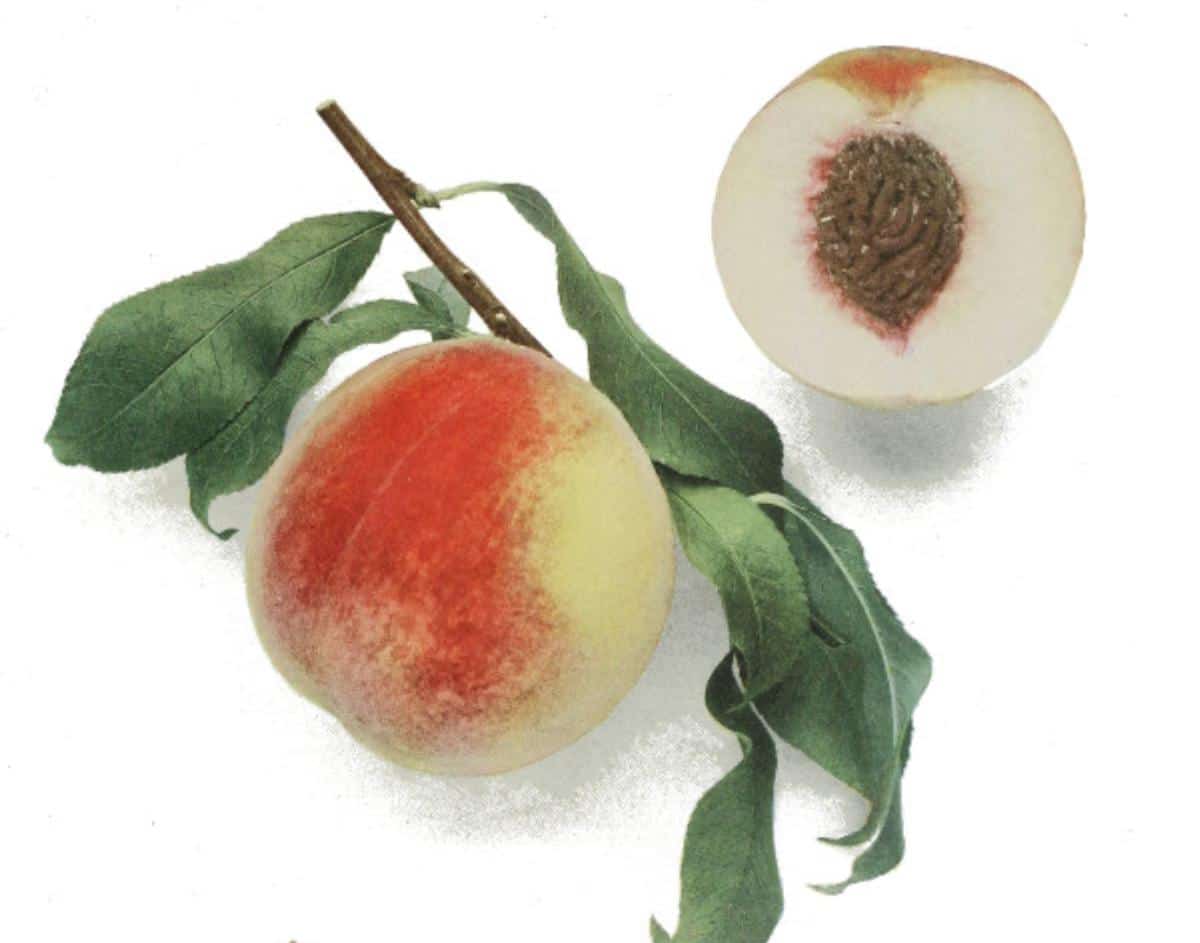
Though peaches weren’t as widely grown as apples in the 1800s, there could be 20 to 50 different types of peaches grown in local backyards and orchards. Back in those days, the backyard was the larder, where families grew apples, pears, peaches, currants, raspberries, and had vegetable gardens. Food was canned and dried for winter and enjoyed while in season.
Then a shift occurred after the Second World War, where fruit production changed from home and local market farmers to a mechanized system of harvest and shipping to local grocery stores. Little by little, the home and local orchards withered and died – taking an incredible variety of heirloom trees with them, including peach trees.
Some intrepid growers are seeking out old peach trees, but peaches fade out a lot faster than apples, so there’s less success on that front. But there’s such a great array of old varieties with great taste, and the genes in these should not be lost.
Jump to:
So Why Don’t Heirloom Peach Varieties Stay Around?
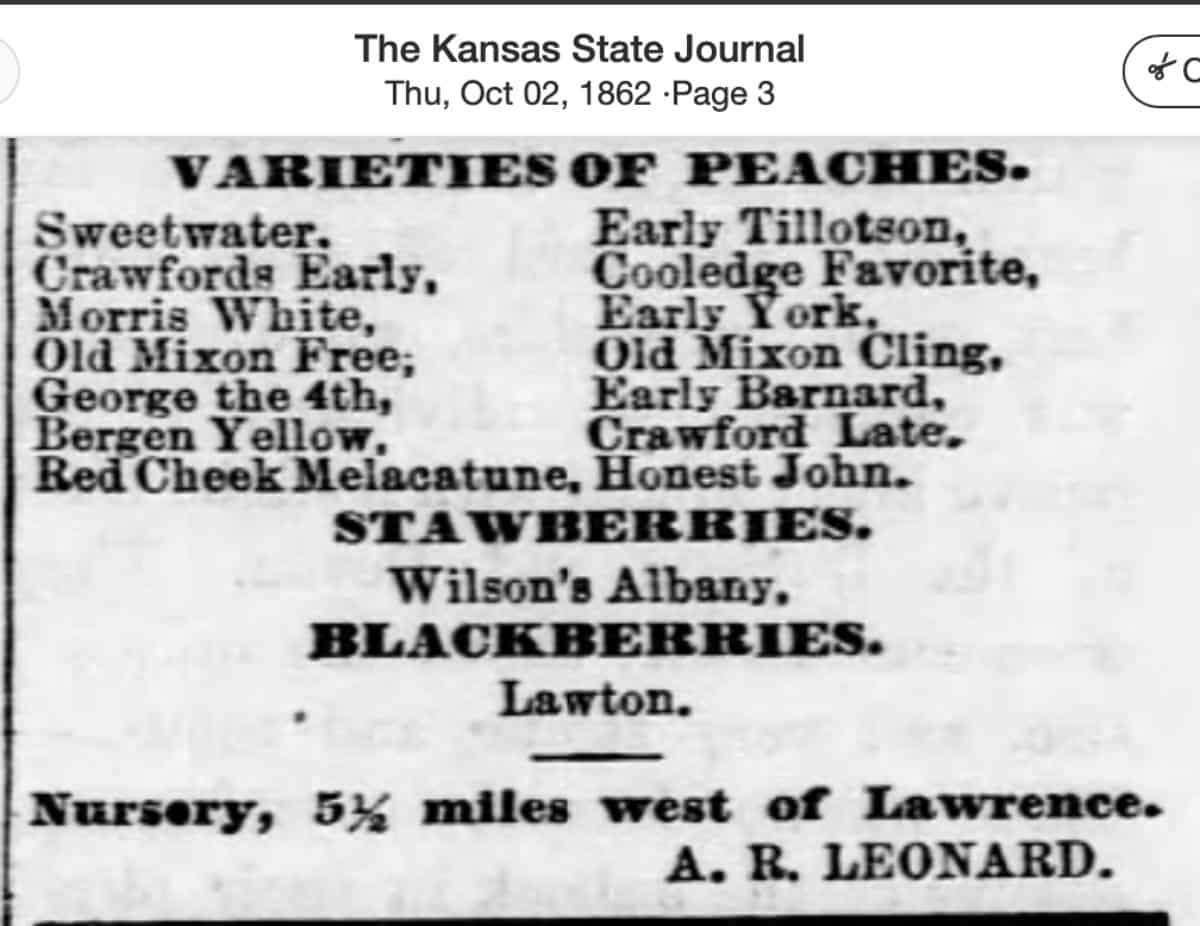
Too many varieties! There were a lot of new varieties back in the days when every home had an orchard. Many home orchard growers would plant seeds of peaches they enjoyed, and occasionally they’d get a new tree that bore delicious peaches. Cuttings and scions would be taken and shared with neighbors, and occasionally a peach would take a county, then a state by storm. Even good peach varieties eventually slip off the radar.
Mechanized agriculture. When fruit growing became more mechanized and shipping fruit long distances became commonplace, fruits were chosen less for taste and more for how pretty they looked on the shelf or if they could be shipped without bruising. There’s only so much space in a grocery store produce area – and no matter how good a peach tastes, one that bruises easily or looks odd will not be given space.
New varieties every year. New peaches are always appearing in the market: peaches that look like eye candy, taste good, and have more disease resistance.
Despite all these reasons, remember that there are many good varieties that shouldn’t be lost to time – here are a few of them.
Yellow Peaches
Here are all the yellow peach varieties. These often have varying amounts of red, especially around the stone. They’re the most popular in the market (at the moment).
Golden Jubilee
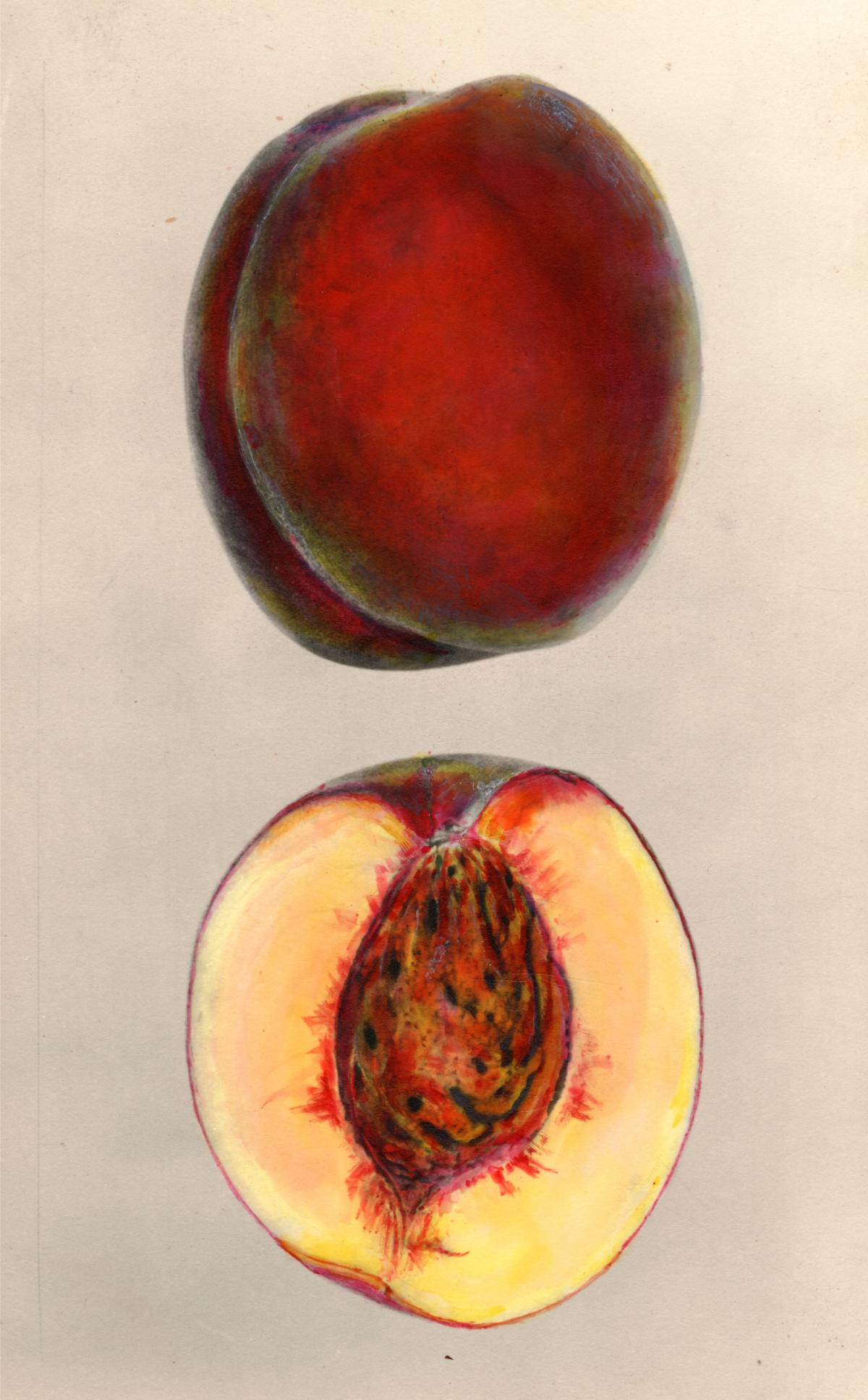
| Uses: | Fresh eating, canned, frozen, preserves |
| Color | Yellow and red |
| Type: | Freestone |
| Flesh Color: | Yellow |
| Zone: | 5-8 |
| Harvest Time: | Early |
| Origin: | New Brunswick, New Jersey |
| Introduced: | 1926 |
| Breeder/Finder: | Agricultural Experiment Station, New Brunswick, NH |
Golden Jubilee got its name from the 50th anniversary of the New Jersey Horticultural Society, which happened the year before this peach was released to the public. A self-fertile, vigorous tree with superb cold-hardiness for our northern neighbors. In spring, Golden Jubilee bears lovely pink blossoms. In summer, it bears bushels of sweet, yellow-fleshed peaches. Each peach is tender and juicy and good for eating on a hot summer day.
Golden Jubilee was bred from Elberta, another very popular peach.
Available from Arbor Day Foundation.
Rio Oso Gem
| Uses: | Fresh eating, pies, freezing |
| Color | Yellow with red blush |
| Type: | Freestone |
| Flesh Color: | Yellow |
| Zone: | 6-10 |
| Harvest Time: | Late |
| Origin: | Rio Oso, California |
| Introduced: | 1926 |
| Breeder/Finder: | William Yerkes |
Large, late yellow peach with a sweet, rich flavor and good texture. Self-fertile, low-chill variety that works well in the South. This heirloom peach might be the best of the crop for California and areas with similar climates. The showy pink blossoms in spring make Rio Oso Gem a lovely feature in the yard.
Available from Trees of Antiquity.
Loring
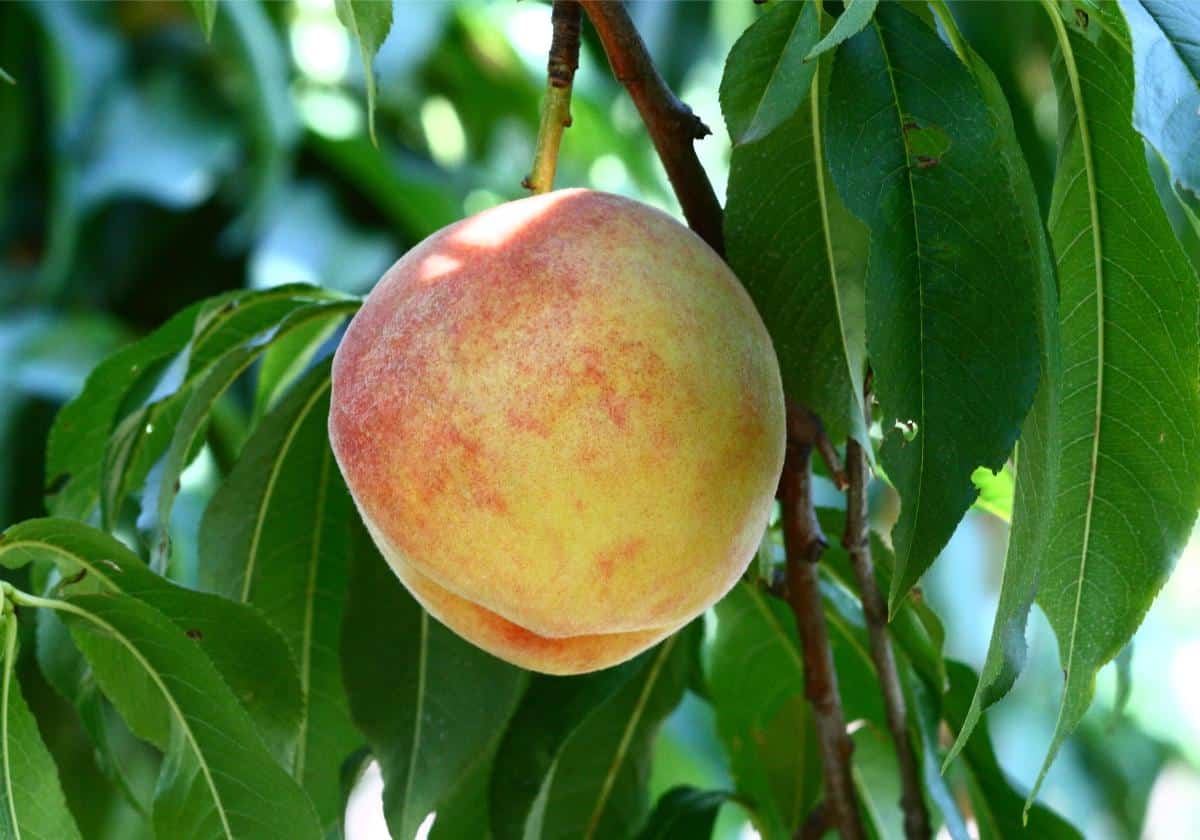
| Uses: | Dessert, canning |
| Color | Deep orange-red |
| Type: | Freestone |
| Flesh Color: | Yellow |
| Zone: | 5-8 |
| Harvest Time: | Midseason |
| Origin: | Mountain Grove, Missouri |
| Introduced: | 1946 |
| Breeder/Finder: | Missouri State Fruit Experiment Station |
Here’s another one we used to sell at the orchard back in the 1990s – it was a Missouri peach, and we were in Missouri, so the answer to the question “Will this grow here?” was YES. Loring has been grown all over the country and it's pretty adaptable.
In the spring, it bears pink blossoms, so you get those ornamental features along with delicious peaches – making it perfect for the edible garden.
The Loring peach has a good peach flavor; it's large and juicy. They were one of the bigger peaches that we sold back in the day. Loring peaches are easier to can than the smaller peaches because of their size. Available at Stark Bros and at Food Forest Nursery.
Read more:
Sun Haven
| Uses: | Eating fresh, cooking, canning |
| Color | Bright red with yellow cheeks |
| Type: | Freestone |
| Flesh Color: | Yellow |
| Zone: | 5-8 |
| Harvest Time: | Early |
| Origin: | South Haven, Michigan |
| Introduced: | 1955 |
| Breeder/Finder: | Stanley Johnston |
I’m not sure why Sun Haven or all these other orchard favorites fell by the wayside. Sun Haven is such a vigorous and productive tree. Sun Haven and Rich Haven, which were called “sisters” because they came from the same cross (J.H. Hale x Hale Haven), were expected to help put the Michigan peach industry back on its feet – and they did. They were attractive and delicious peaches. The young Sun Haven trees survived temperatures of 19 below zero that killed half the peach trees in southwestern Michigan. They were one of the varieties sold at the orchard where I worked and were always popular.
Available from Stark Bros.
Elberta
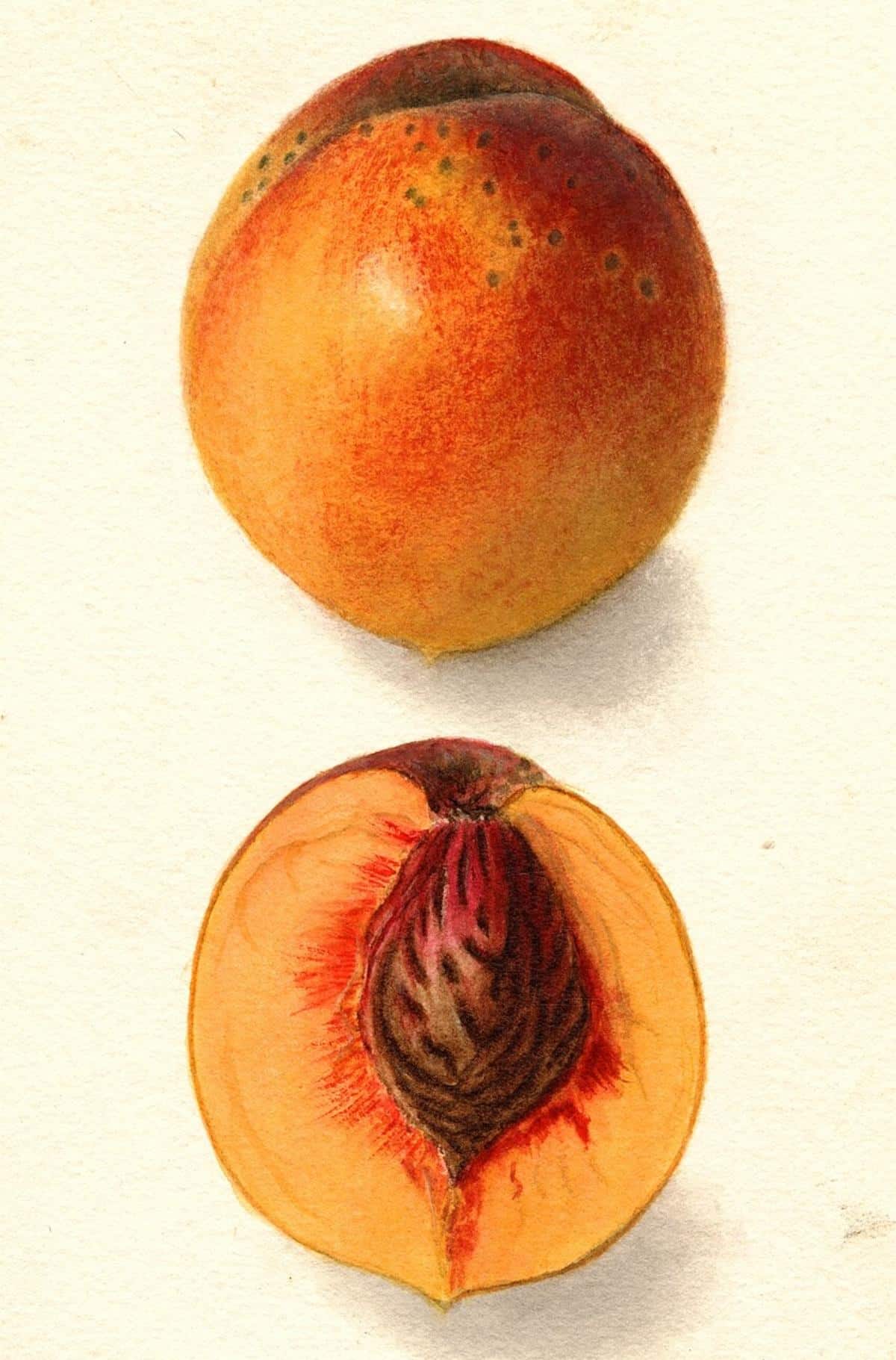
| Uses: | Fresh eating, canning, baking, and making peach ice cream |
| Color | Golden with red cheek |
| Type: | Freestone |
| Flesh Color: | Yellow |
| Zone: | 5-9 |
| Harvest Time: | Midseason |
| Origin: | Willow Lake Nursery, Marshallville, Georgia |
| Introduced: | 1870s |
| Breeder/Finder: | Samuel H. Rumph |
Elberta pear trees bear large peaches, golden yellow on the inside and outside. It is exceedingly prolific and hardy. It does well in the North and in the South and was one of the best market varieties. One small tree can produce 200 peaches – a larger tree will produce more. Thinning is very helpful for this variety.
Learn more:
- 12 Tips for Planting Fruit Trees and How to Do It
- 13 Pruning Mistakes that Will Ruin Your Fruit Trees
Red Haven
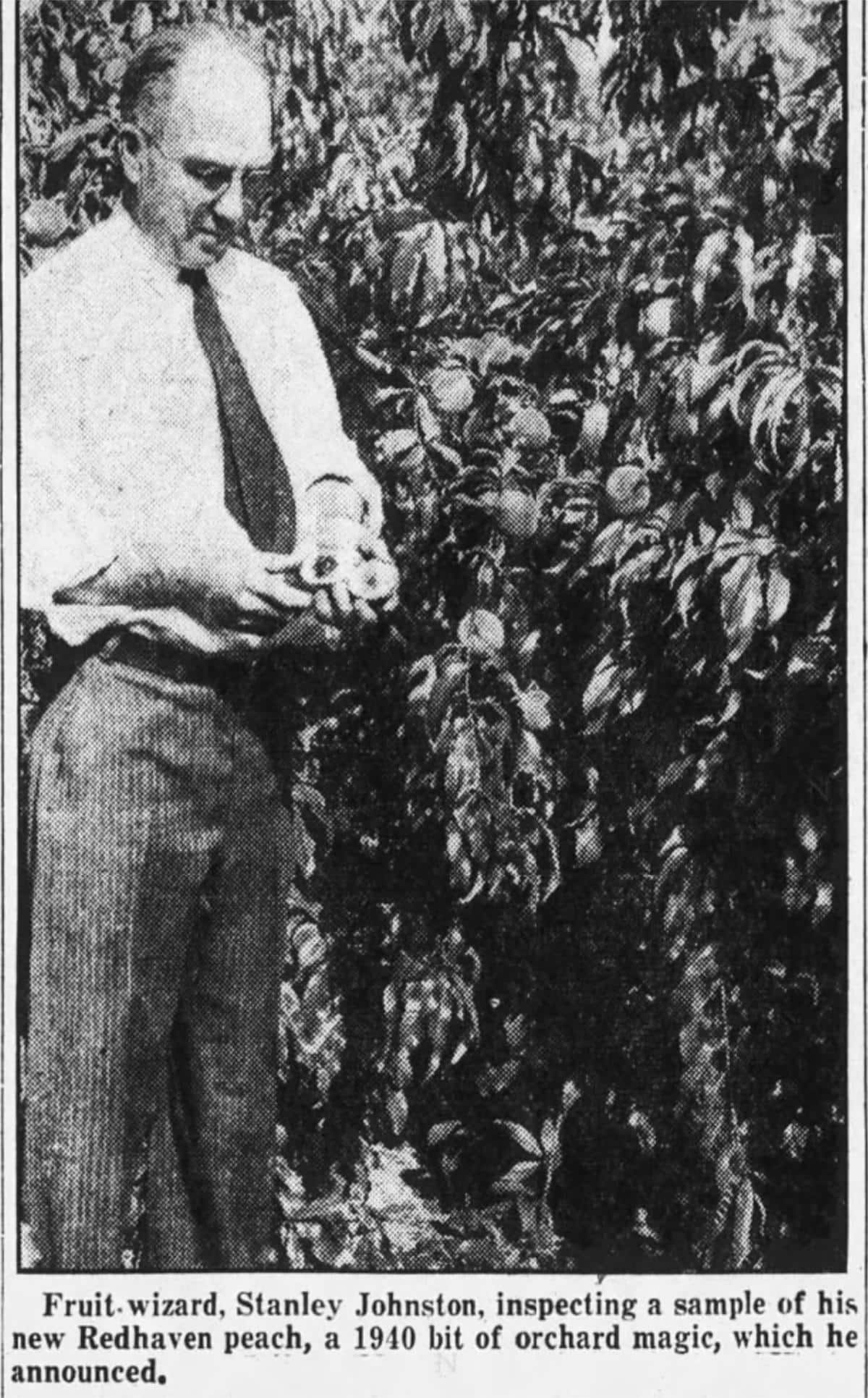
| Uses: | Fresh eating, baking |
| Color | Dark red |
| Type: | Freestone |
| Flesh Color: | Yellow |
| Zone: | 5-8 |
| Harvest Time: | July |
| Origin: | South Haven, Michigan |
| Introduced: | 1940 |
| Breeder/Finder: | Stanley Johnston |
Red Haven peaches were huge when they came out in 1940. It was walled “the greatest contribution to the peach world since the Halehaven peach, and a variety which possibly will revolutionize the peach industry.” A half-bushel of Red Haven seeds sold for $30 in 1940, which in 2024 prices equals about $650.
In the 1990s, Red Haven peaches were one of the biggest varieties at our local orchards. trees produce bushels of sweet, medium-sized peaches. It’s self-pollinating so it can grow alone in a small garden if there’s not much space – no second variety needed. Red Haven peaches are still every bit as good as they did back in the days when they were Kings of the Orchard.
Redhaven peaches are available from Stark Bros.
White Peaches
These peaches have white flesh and a more delicate flavor – but that doesn’t mean they have less flavor. These used to be the principal favorite of growers and peach fans but tastes later swung to the yellow peaches.
Indian Free Peach
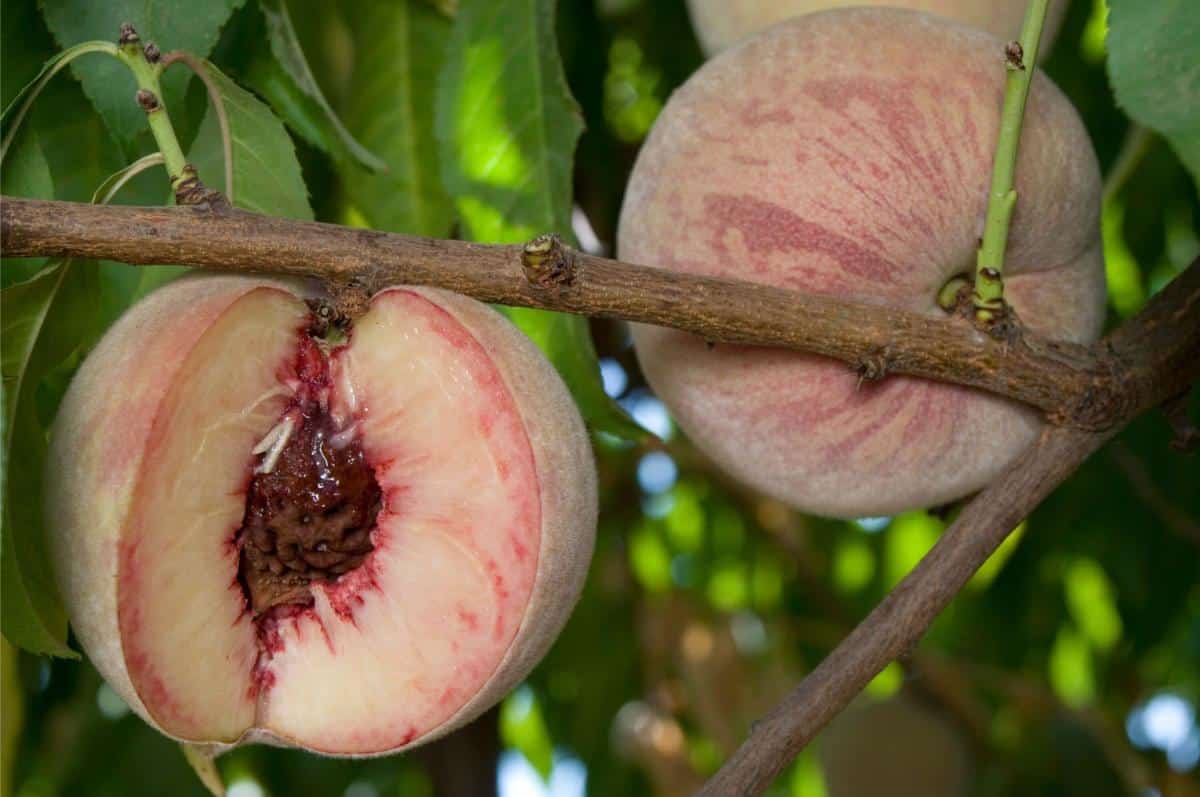
| Uses: | Fresh eating |
| Color | Light orange, speckled red |
| Type: | Freestone |
| Flesh Color: | White |
| Zone: | 5-9 |
| Harvest Time: | Midseason to Late |
An improved variety of Indian Blood (a good peach, but a terrible name) and very much in a class by itself. Thomas Jefferson grew a lot of excellent fruit at Monticello, including the previous heirloom peach, but Indian Free adds disease resistance to the mix. The taste is off the charts – first tart, then sweet as it ripens, reminiscent of blackberry. Consistently tops taste tests. The peaches are highly aromatic, and the flesh is crimson and cream-colored.
Available at Raintree Nursery.
Carman
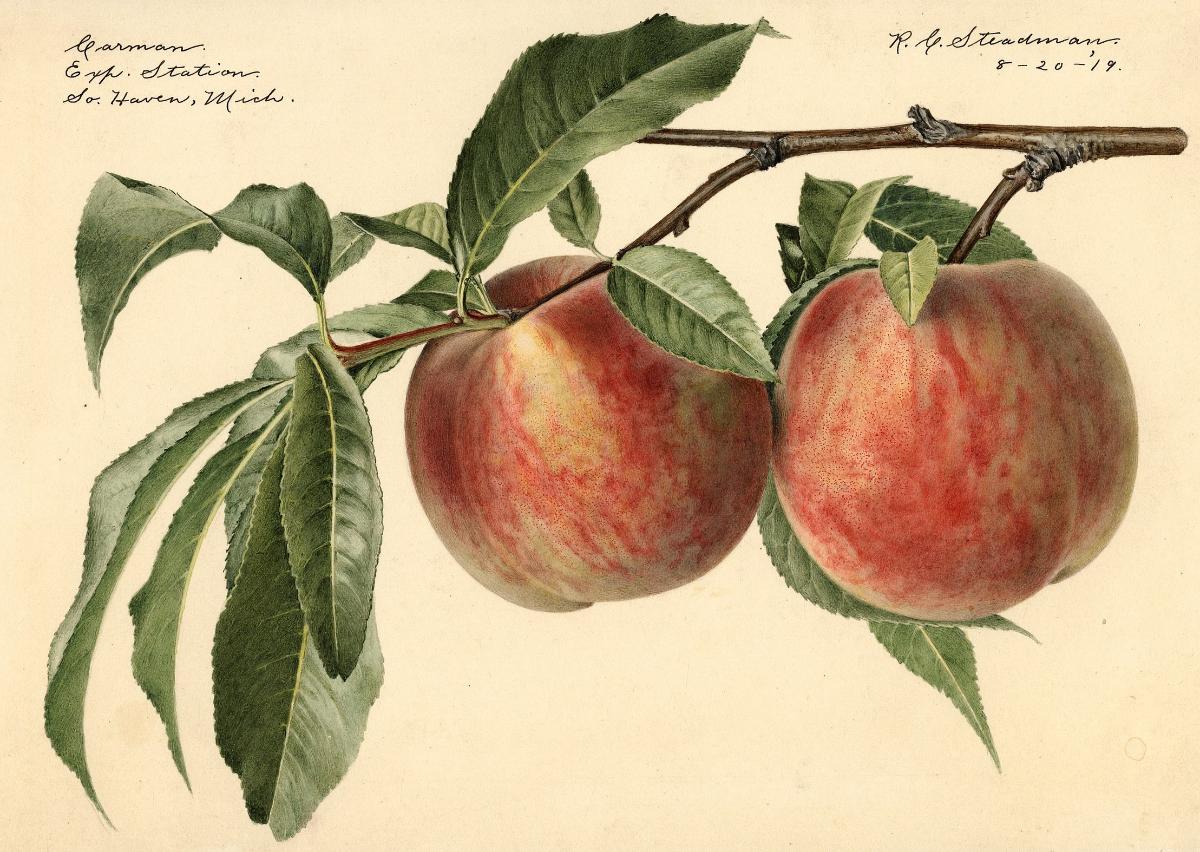
| Also known as: | Pride of Texas |
| Uses: | Dessert |
| Color | Pale yellow with red blush |
| Type: | Freestone |
| Flesh Color: | White |
| Zone: | 5-9 |
| Harvest Time: | Midseason |
| Origin: | Mexia, Texas |
| Introduced: | 1889 |
| Breeder/Finder: | J.W. Stubenrauch |
An extremely rare heirloom white peach that shouldn’t be lost. Carman is a white peach that’s bursting with sweetness. Every bite melts in the mouth. It was once the favorite white peach of Midwestern and Southern peach growers, and it’s every bit as vigorous and productive now as it was then.
This peach can be found at the Arboreum Company, though they are currently sold out.
Hermosa
| Also known as: | El Dulce |
| Uses: | Fresh eating |
| Type: | Freestone |
| Flesh Color: | White |
| Zone: | 5-8 |
| Harvest Time: | Late |
| Origin: | Riverside, California |
| Introduced: | About 1945 |
| Breeder/Finder: | University of California, Riverside |
It was grown under the name El Dulce in southern California for a few years. An excellent peach for the south where late-season peaches are rare, and a good producer there and everywhere else. Though this peach is hard to find in the United States, it’s one of the major midseason peaches grown in Israel.
Available from the Arboreum Company.
Read more:
- 12 Low-Maintenance Fruit Trees Anyone Can Grow
- 14 Basic Steps to Rejuvenate and Prune Apple Trees
- How to Prune New Apple Trees for Best Fruiting
Belle of Georgia, Georgia Belle
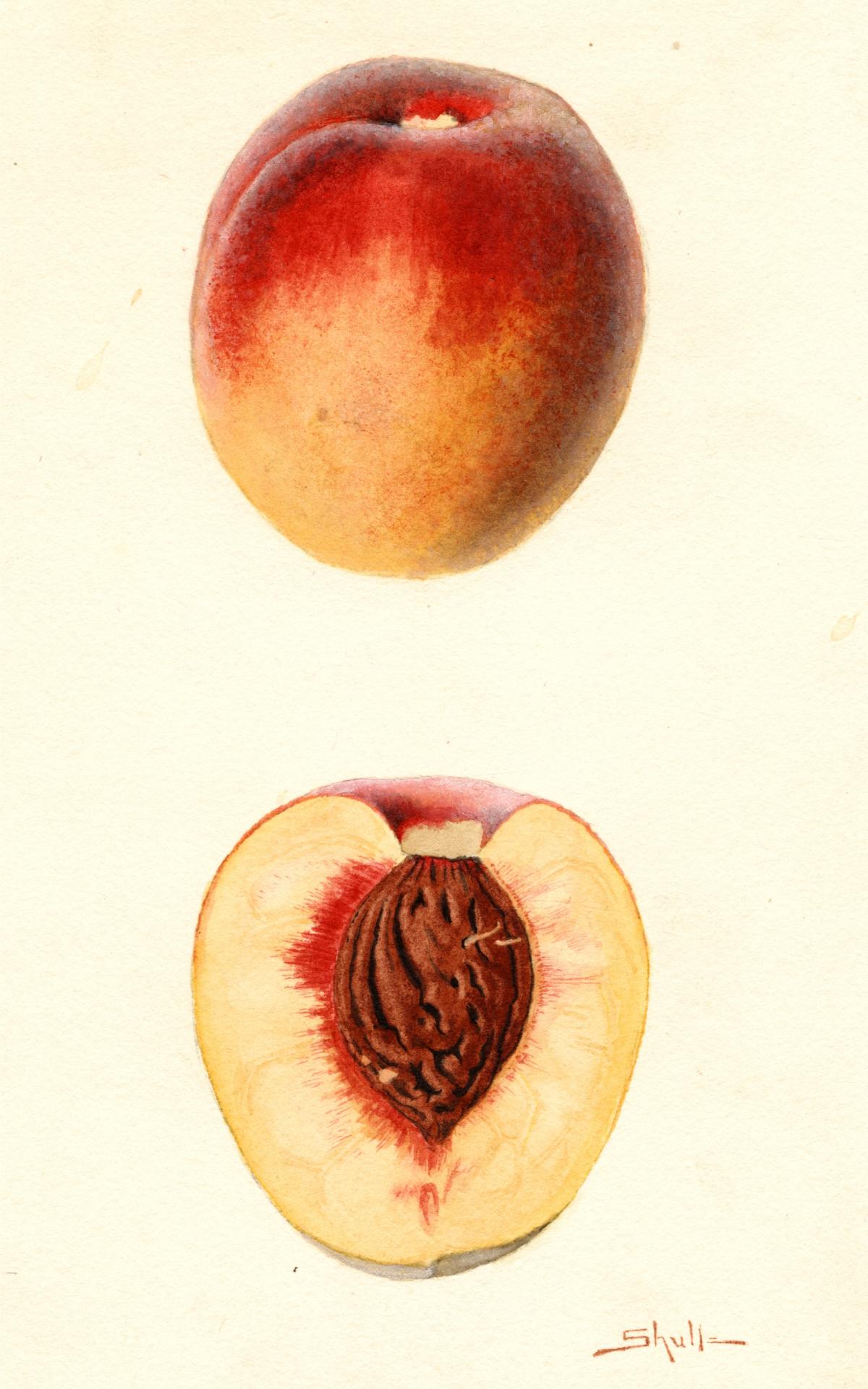
| Uses: | Fresh eating |
| Color | White with red cheeks |
| Type: | Freestone |
| Flesh Color: | White |
| Zone: | 5-8 |
| Harvest Time: | Late |
| Origin: | Willow Lake Nursery, Marshallville, Georgia |
| Introduced: | Around 1870 |
| Breeder/Finder: | Samuel H. Rumph |
This large, sweet peach tastes so much more delicious than market peaches, but because it bruises so easily, it’s available only to those who grow the tree. The fruit is large and showy, and the tree is prolific. It's hard to find a peach that tastes better.
Belle of Georgia is a hard heirloom peach to find, but One Green World has a few trees available.
Raritan Rose
| Uses: | Fresh eating, canned, frozen, pies, and preserves |
| Color | Rose-red and creamy |
| Type: | Freestone |
| Flesh Color: | White |
| Zone: | 5-8 |
| Harvest Time: | Midseason |
| Origin: | New Jersey Experimental Station, New Brunswick, New Jersey |
| Introduced: | 1936 |
“So juicy that the bathtub is a good place to eat one in,” wrote Emma E. McCarroll in The Sunday News in 1949. This is a white-fleshed peach with lots of red in it, and lots of red juice with a sweet honey flavor. The fresh peaches are aromatic and sweet, with just enough of a twist of acid to give them some pop. Excellent winter hardiness and resistance to bacterial spot. An old favorite in New Jersey, naturally,
Whiffletree Farm and Nursery offers Raritan Rose.
Read more gardening advice from Rosefiend Cordell.

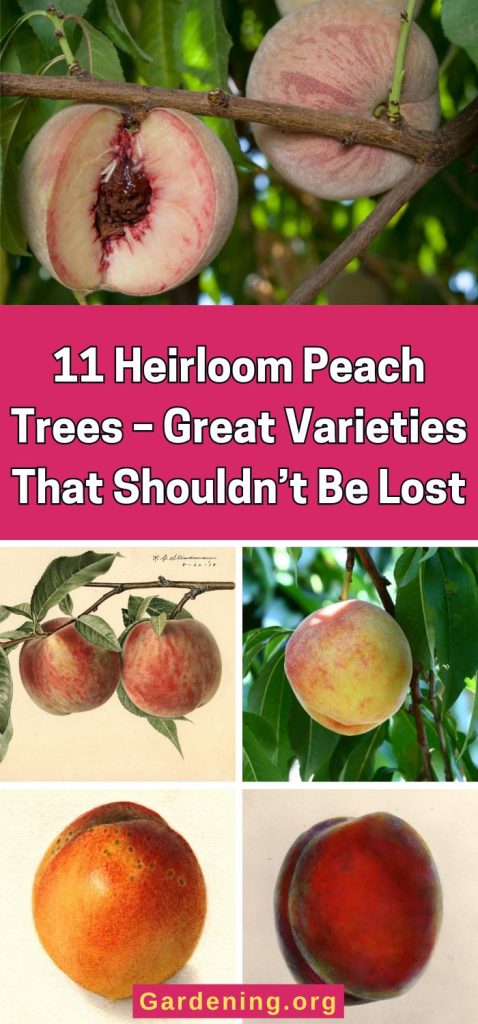
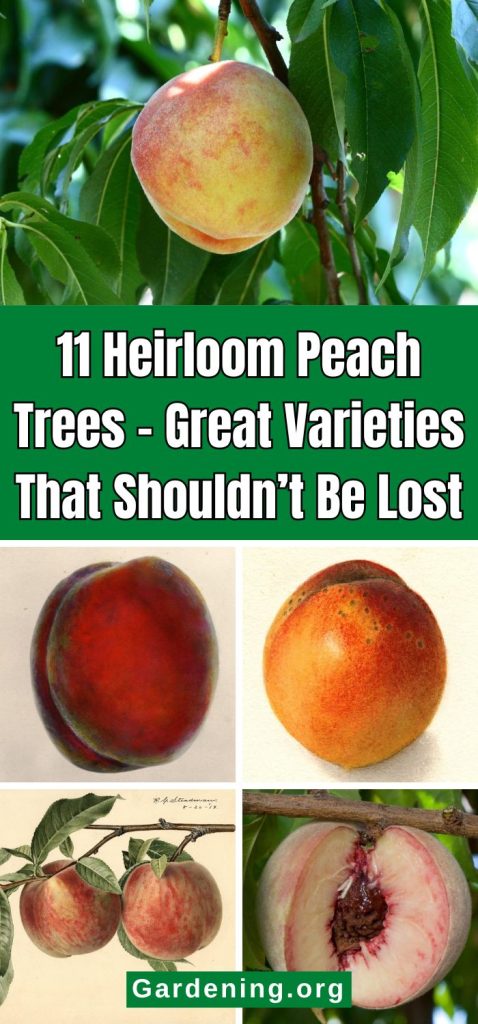
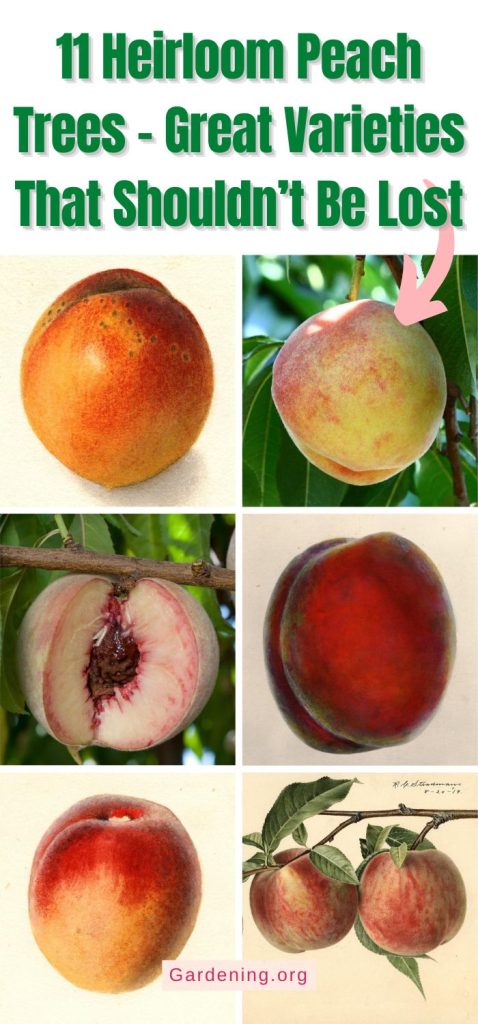
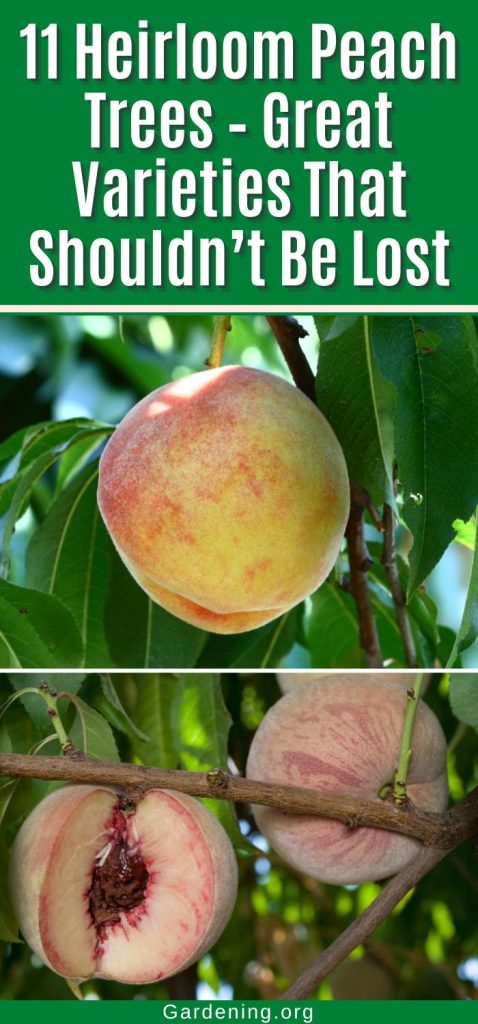
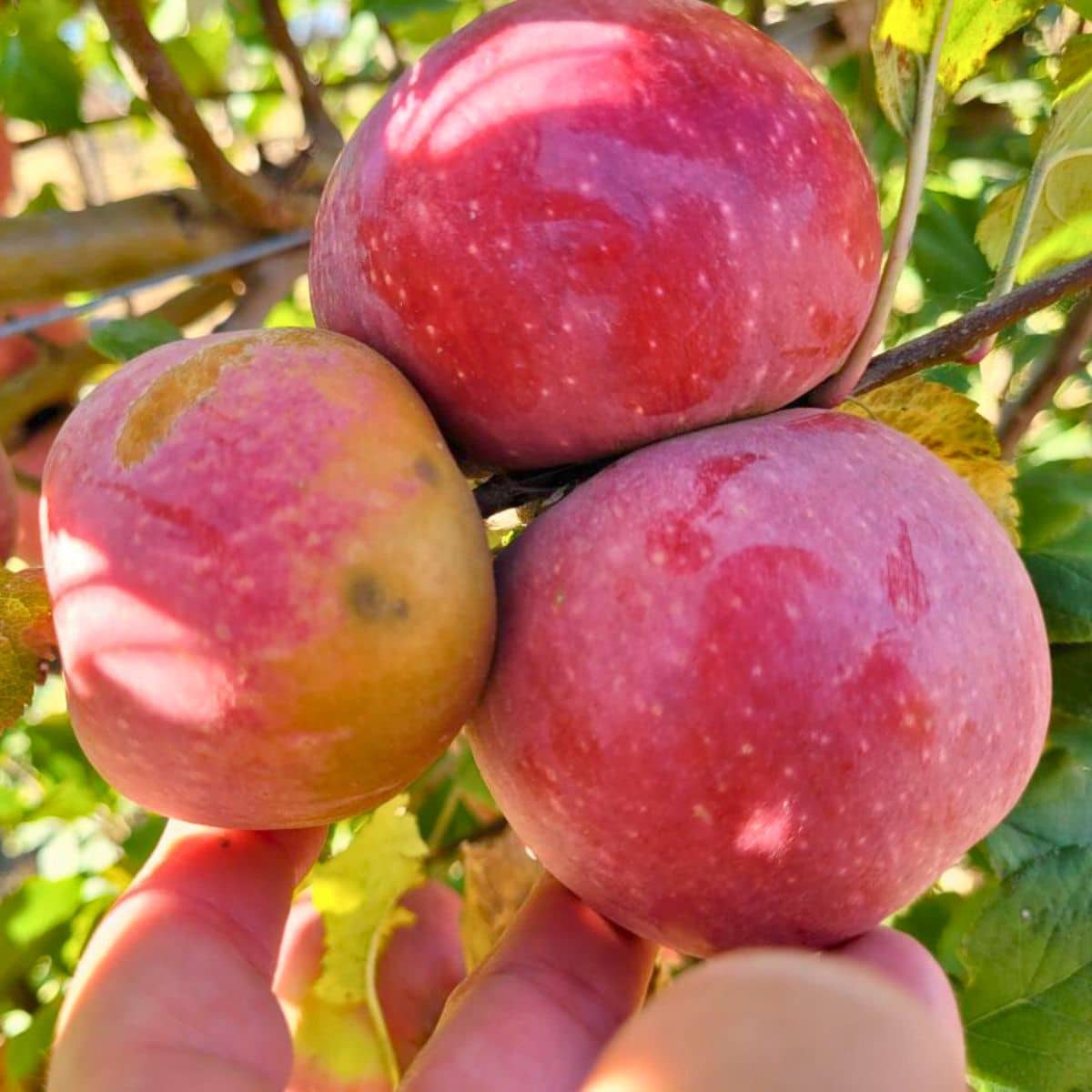
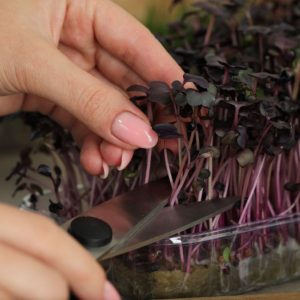
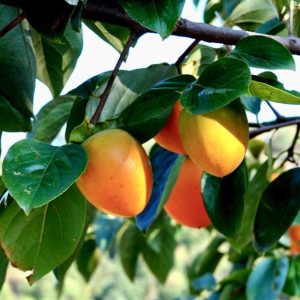

unblock games
This article is fantastic! I love learning about heirloom peach varieties and their history. The descriptions make me crave a juicy, flavorful peach right now. Definitely a keeper!
Janet Schumacher
I miss the large, freestone, delicious HALEHAVEN peach. Is anyone growing them?
Melinda
They're on sale at Stark Bros right now. https://www.starkbros.com/products/fruit-trees/peach-trees/hale-haven-peach?srsltid=AfmBOor1gylzlVJq2iAwUEixmWSeLsZDNGdIBPWfzdoyyHI9wxiP7UIr
unblock games
This article is incredibly informative and a delightful read for anyone passionate about peaches! The detailed descriptions and history of each variety bring the fruit to life, making me crave a juicy, flavorful peach right away.